It was just two months ago that Sarah Burton found the inspiration for her new Givenchy collection. “The Eye of Love” is a book of pictures Swiss photographer Rene Groebli took of his wife Rita during their honeymoon in 1954 that’s since achieved cult status. It reduces intimacy to (occasionally) bare essentials: Rita rolling in sheets, undoing her bra, wrapping herself in Rene’s white shirt. The nape of her neck, her wrist, her back: all of it utterly transfixing.
And all of it was on Burton’s catwalk on Friday night. Reduction was her end, the white shirt was her means. And a wrapped skirt. And a jacket so stripped of its canvassing, its structure that you could practically knot it like a shirt. (Elise Crombez did.) Burton said she was so used to seeing things with big shoulders and heavy construction that it took a while to get it right. “Peeling back the structure of tailoring,” she called it. The process was literalised in a kind of tuxedo jacket-dress hybrid with trompe l’oeil white cuffs whose neckline had been peeled back off the model’s shoulders.


The soul of the collection was the white shirt, sometimes in leather. The heart was the wrapped skirt. Eva Herzigova nailed it. Burton imagined a woman taking a man’s jacket off the floor and wrapping it round her waist, then cutting off the sleeves. When Jessica Miller came down the catwalk in a white wrap with a destructured jacket, I was reminded of those great slouchy sensual moments which set Donna Karan up as an American fashion icon in the 80s. A woman designing for women: could it really be something that fundamental? (Coincidentally, Jessica was thinking of the advice Donna had given her about not prancing like a show pony when she walked.)
Burton shaped the skirt with a dart across the bottom. Call it an ass dart. It created a bombshell, Betty Page effect. Later, there was a coat that inflated Marilyn Monroe’s eye from the last sitting with photographer Bert Stern before her death into an abstraction. It was an image of powerful femininity for Burton, however doomed its subject.


Groebli’s images got Burton thinking about the intimacy of a woman’s relationship with her clothing. “They’re about the touch, the hand,” she claimed. “They’re not objectified, they don’t feel voyeuristic at all. Their sexuality is very pure.” But she admitted she wanted something more carnal. When I blandly confessed to feeling a hum of eroticism, Burton pushed the envelope to a hum of fetishism as well. “I really feel the sexuality in it,” she said. “There’s a fear of women who want to feel sexual.”
Perhaps that explained the carry-over from her last collection, with fish-netted second skin pieces. There were also a couple of baby dolls that looked like they’d been knitted from nylon stockings. I appreciate she was toying with couture tropes, but I wasn’t crazy about them then, and my feelings haven’t changed now. They were bizarre outliers in a collection whose purpose and clarity was otherwise as crystal-clear as the vintage cabochons that functioned as spectacular embellishment. But by the end of my preview, she was wondering, “How do I get the pagan into Givenchy?” You can take the girl out of McQueen, but you can’t take McQueen out of the girl.


No such issue with Lazaro Hernandez and Jack McCollough who have relocated from their urban New York dream Proenza Schouler to the far-off allure of Spanish luxury house Loewe with nary a look back at their roots. I lie, of course. They insisted they’re leaning into their American-ness by filtering blue jeans and a white t-shirt through Spanish-ness. Which, given the insane level of workmanship that Loewe’s 180-year old workshops are capable of, means beautiful illusions: a “denim” jacket of feathered leather, “jeans” of a similar material, a t-shirt which was crunched with metal thread.


Craft was always a commitment with Proenza Schouler. You can only imagine the kid-in-a-candy-store glee Jack and Laz felt when confronted by the possibilities at Loewe. Its history is grounded in skins. McCollough estimated that 50 percent of what they’d designed was leather-based. That led to varying degrees of astonishment in the realisation of the collection. The duo has always been adept at quoting art world references, this time, Donald Judd, Ellsworth Kelly and John McCracken, icons of minimalism. But McCracken’s “fetish finish” — hand craft perfected to such a degree that it almost erases the hand — rang particularly true. The seamlessness of the new Loewe leathers defied logic when it was applied to jackets and a simple, sleeveless floral shift. Even more defiant: a polo dress whose stripes were composed of differently coloured hides that had been piled up then shaved into infinitesimally thin layers that could be used like any old fabric. My mind is still reeling (even if one of the most attractive trompe l’oeil pieces was actually a shirt whose front was composed of layers of poplin that created a kind of ruffle).
Their predecessor at Loewe was Jonathan Anderson — like anyone doesn’t know that by now — who established an arty trompe l’oeil precedent that was more rooted in the hedonistic Balearic side of Spanish pop culture than the traditional stolidity of the Madrid bourgeoisie. Hernandez and McCullough opted for the hedonist route. One top wasn’t much more than a sweater artfully tied round shoulders. There were Ibiza-here-we-come dresses that simulated draped towels, and fringed skirts that will be on DC-10’s dancefloor this time next year. The soundtrack guaranteed it.


What the show achieved in the end was a primary-coloured blast of energy that shoved doubters into the corner. Hernandez and McCollough were looking for liberation when they crossed the Atlantic. It looks like they’ve found it.

